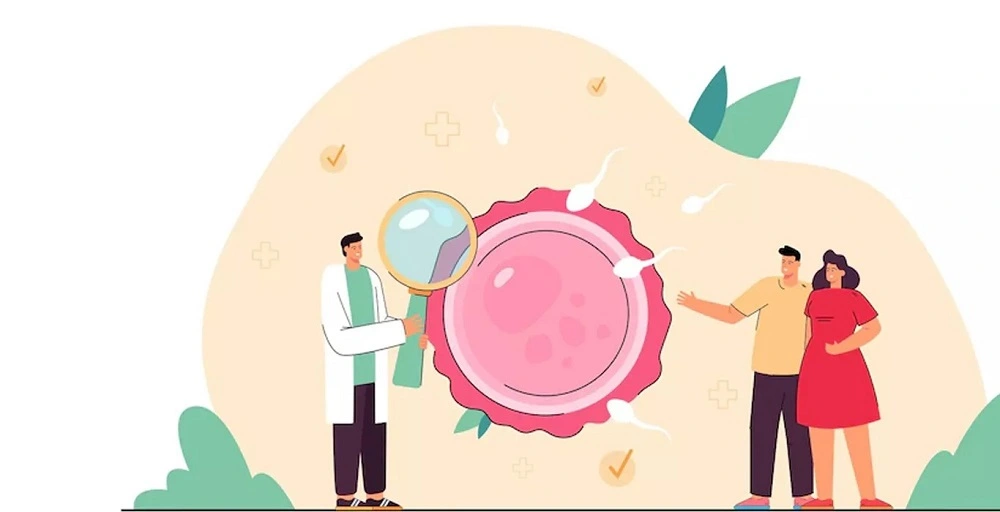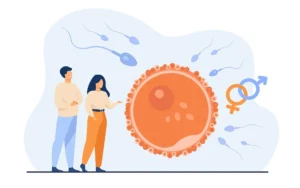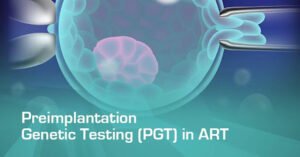Introduction
IVF treatments are advancing rapidly, with new techniques improving success rates. One such technique is embryo pooling, a process where embryos from multiple IVF cycles are collected and frozen for future use. This approach has proven beneficial for couples with low ovarian reserves or those who have faced multiple failed IVF attempts.

What is Embryo Pooling?
Embryo pooling involves retrieving eggs over multiple cycles, fertilizing them, and freezing the resulting embryos. Once an adequate number of embryos are collected, the best ones are selected for implantation.
Why is Embryo Pooling Beneficial?
Higher Chances of Pregnancy
- Pooling allows doctors to select the healthiest embryos, increasing implantation success rates.
Ideal for Women with Low Ovarian Reserve
- Women with diminished ovarian reserves (low egg count) may not produce enough viable embryos in a single cycle. Pooling offers them a better chance at success.
Better Embryo Selection for PGT-A Testing
- Preimplantation Genetic Testing for Aneuploidies (PGT-A) helps screen embryos for genetic abnormalities. Pooling provides more embryos for screening, improving the odds of a healthy pregnancy.
Reduced Emotional and Physical Stress
- Instead of going through multiple failed transfers, patients can undergo a single embryo transfer with a better chance of success.
Cost-Effectiveness
- While multiple retrievals may seem expensive initially, it can reduce the overall costs associated with failed cycles.
Who Should Consider Embryo Pooling?
- Women with low ovarian reserve.
- Couples with recurrent IVF failures.
- Patients planning for PGT-A or PGT-M (genetic screening).
- Women undergoing fertility preservation before medical treatments like chemotherapy.
Conclusion
Embryo pooling is a promising strategy for increasing IVF success rates, particularly for those facing ovarian reserve challenges. If you’re struggling with fertility, consult an IVF specialist to determine if this approach is right for you.


























